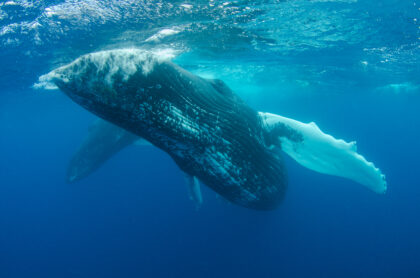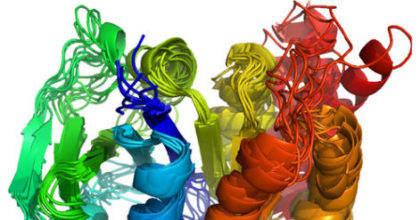Last month we mentioned the challenges of studying blue whales in a laboratory setting. If we want to know what a particular gene or protein does in an animal that large, we often have to rely on inference based on what a comparable gene or protein does in an animal we can study more readily like a mouse. And how do we know which protein is comparable--or homologous, to use the more technical term? Typically the search for homologous proteins starts with a sequence similarity scan, a check of an entire library of … [Read more...] about Science Corner: Finding the Proteins of Theseus
proteins
Science Corner: Don’t It Make My Blue Whale Big
I was fortunate to grow up within visiting distance of the American Museum of Natural History in New York City. One item stands out in my memories from periodic visits: the blue whale. Not a live one, of course; it's a museum, not an aquarium. Even as an inert model, the blue whale was striking to little-boy-me--which is saying something since it shares a home with numerous dinosaur skeletons. Of course, that cohabitation only helps to underline just how much bigger blue whales are than even the biggest dinosaurs or … [Read more...] about Science Corner: Don’t It Make My Blue Whale Big
Science Corner: Methods Maketh Metaphor
I am generally bullish on the use of metaphors for understanding the world around us. I find Douglas Hofstadter and Emmanuel Sander's idea that metaphors are central to language and thought to be fairly compelling. I recognize the potential for a metaphor to lead one down a primrose path. At the same time, how else are we to think and communicate about something like the interior of a biological cell, an environment none of us could ever actually visit or experience? If we cannot avoid metaphors, we can at least be … [Read more...] about Science Corner: Methods Maketh Metaphor


